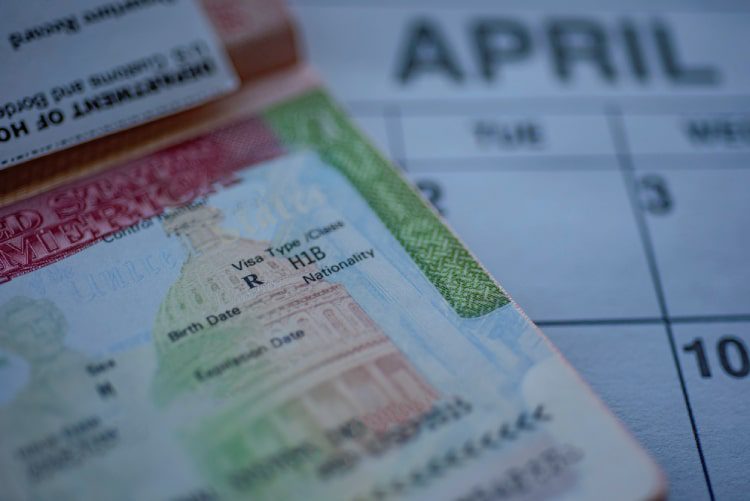The article explains the different types of U.S. visas and their requirements. It starts by differentiating immigrant visas, for those intending to live permanently in the U.S., from non-immigrant visas for temporary stays. Immigrant visas include family- and employer- sponsored visas, and the Green Card Lottery for individuals from low-immigration countries. Non-immigrant visas include the B-2 tourist visa, B-1 business visa, F and M student visas, and specific work visas. The visa application process usually includes completing an application form, paying a fee, and interviewing at a U.S. embassy or consulate. The type of visa needed is determined by the purpose and duration of visit.
Understanding the Different Types of U.S. Visas: A Comprehensive Guide
Planning a trip to the United States? One of the first steps you must take is finding out which type of U.S. visa suits your travel needs. This article will guide you through the most common types and their requirements.
Immigrant Vs. Non-Immigrant Visas
The first thing to consider is whether you need an immigrant or non-immigrant visa. An immigrant visa is suitable for those who intend to live permanently in the U.S., while a non-immigrant visa is for temporary stays, such as tourism, medical treatment, business, temporary work, or study.
Immigrant Visas
Family-Sponsored Visas
These visas are meant for foreign nationals who have a close family member, such as a spouse or parent, who is a U.S. citizen or permanent resident.
Employer-Sponsored Visas
These are for those who have been offered permanent employment in the United States. The employer is required to sponsor the employee and prove that there isn’t a U.S. worker available to take on the job.
Diversity Visa
Also known as the Green Card Lottery, this program is dedicated to individuals from countries with historically low rates of immigration to the United States.
Non-Immigrant Visas
Tourist Visa (B-2)
This visa is for those who intend to visit the U.S. for leisure or medical treatment. It is usually valid for 6 months and does not allow the holder to work or study in the U.S.
Business Visa (B-1)
This visa is for individuals who need to negotiate contracts, attend business meetings or conferences, or conduct other business activities. It does not permit permanent work in the U.S.
Student Visas (F, M)
The F visa is for academic students, while the M visa is for vocational students. They allow students to stay in the U.S. for the duration of their study program.
Work Visas
Visas like H-1B for specialty occupations, H-2B for temporary non-agricultural work, and L visas for intra-company transferees are available. These allow foreigners to work temporarily in the U.S. under specific conditions.
How to Apply
Applying for a U.S. visa typically involves completing an application form, paying a fee, and attending an interview at a U.S. embassy or consulate. However, the specific requirements and procedures can vary depending on the type of visa and your country of residence.
Conclusion
The U.S. visa process can seem complicated, but understanding the different types of visas and their requirements can help simplify it. Remember, the type of visa you require depends on the purpose of your visit and the duration of your stay. So, choose carefully and plan well.
